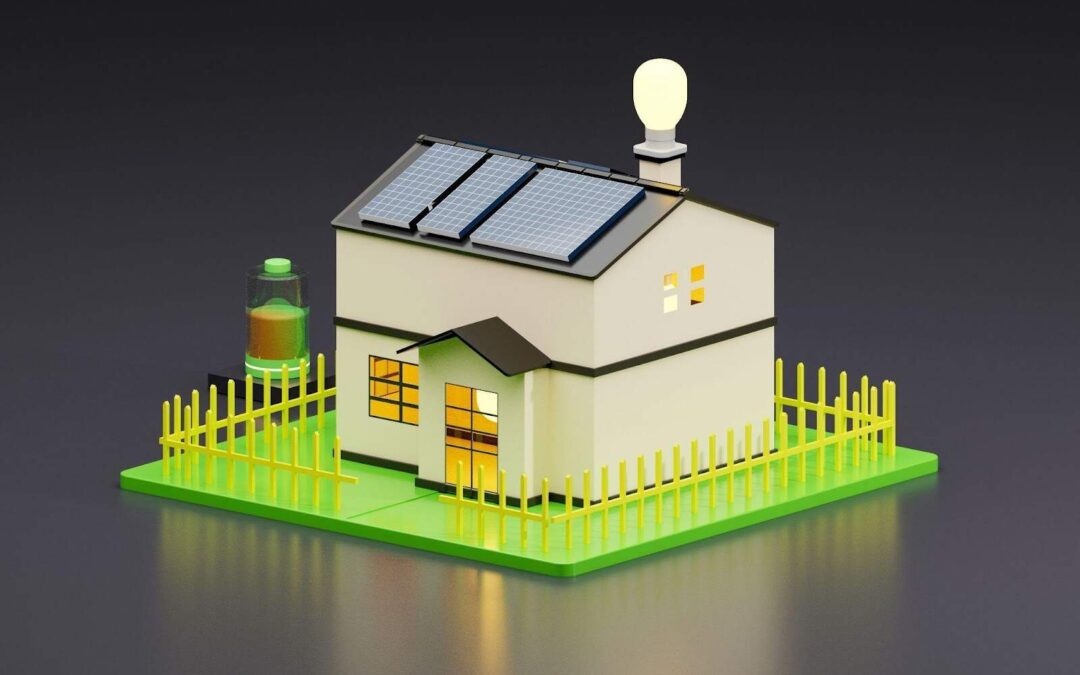For many homeowners, the idea of switching to solar power is appealing but often overshadowed by concerns over cost and complexity. Fortunately, advancements in solar technology have introduced a practical and budget-friendly alternative: home solar kits. These all-in-one systems simplify the process, making renewable energy more accessible than ever. Companies like My Generator Plus provide a range of kits tailored to meet diverse energy needs, allowing homeowners to begin their solar journey with confidence and ease.
Understanding Home Solar Kits: A Simplified Approach
Home solar kits bundle essential solar components into one convenient package. These kits typically include:
- Solar panels
- Inverters
- Mounting hardware
- Wiring and connectors
- Optional battery storage systems
By purchasing a pre-packaged kit, homeowners eliminate much of the guesswork involved in designing a custom solar system. Many kits are designed for easy installation, making them suitable for do-it-yourself projects or straightforward professional installations.
Financial Benefits of Choosing a Solar Kit
Significant Upfront Cost Savings
One of the biggest obstacles to adopting solar energy is the substantial initial investment. Traditional, custom-installed solar systems often cost between $24,000 and $36,000 after tax credits, depending on system size and location. In contrast, home solar kits offer a much more affordable entry point.
Depending on size and features, solar kits can range from just a few thousand dollars to significantly lower than full-service installation costs. Because many kits are designed for homeowner installation, labor costs are reduced or eliminated, further increasing savings.
Long-Term Energy Savings
Beyond the initial purchase price, solar energy provides substantial long-term savings by reducing or even eliminating monthly electricity bills. According to data from the National Renewable Energy Laboratory (NREL), the average U.S. homeowner can save between $10,000 to $50,000 over 20 to 25 years by installing solar panels.
Moreover, many states offer net metering programs, allowing homeowners to earn credits or payments for excess energy their solar system sends back to the grid.
Environmental Impact: A Greener Household
Switching to solar energy dramatically reduces a household’s carbon footprint. Solar panels generate clean, renewable energy that directly offsets the need for fossil fuel consumption.
The U.S. Environmental Protection Agency (EPA) estimates that a typical residential solar system can reduce carbon dioxide emissions by approximately 3 to 4 tons annually—the equivalent of planting over 100 trees each year.
By investing in solar, homeowners contribute directly to global efforts aimed at combating climate change and reducing environmental pollution.
Government Incentives That Make Solar Kits More Affordable
Federal, state, and local governments offer several incentives designed to encourage residential solar adoption. These programs significantly reduce the financial burden of transitioning to solar power:
Federal Investment Tax Credit (ITC)
Currently, homeowners can claim a federal tax credit for a percentage of the total solar system cost, including installation. As of 2025, the credit covers 30% of eligible expenses under the Inflation Reduction Act, extending through 2032.
State and Local Incentives
Many states offer additional tax credits, rebates, and property tax exemptions to further lower installation costs. Some utilities also offer incentives or participation in net metering programs.
Zero Sales Tax (in Some States)
Several states exempt solar equipment purchases from sales tax, adding to the upfront savings on home solar kits.
Choosing the Right Solar Kit: What Homeowners Should Consider

1. Assess Your Energy Needs
Before selecting a kit, evaluate your household’s energy usage. Review recent utility bills to estimate how many kilowatt-hours (kWh) your home consumes monthly. This will help determine the appropriate size and capacity of your solar kit.
2. Evaluate Your Roof’s Suitability
Solar panels perform best on south-facing roofs with minimal shading. Consider roof space, tilt angle, and structural condition to ensure optimal solar panel placement.
3. Understand Local Regulations
Permitting requirements vary by location. Some municipalities require professional installation or inspection, even for DIY solar kits. Check local building codes and homeowner association (HOA) guidelines before starting your project.
4. Determine Your Budget
Solar kits come in various sizes and price points. Balance your initial investment with long-term savings potential. Some homeowners may start with a smaller system and expand as budget allows.
5. Consider Installation Options
While many solar kits are designed for DIY installation, some homeowners may feel more comfortable hiring a certified installer. Professional installation can also ensure compliance with local regulations and optimize system performance.
Maintenance and Longevity of Solar Kits
One of the appealing aspects of modern solar technology is its durability. High-quality solar panels typically carry warranties ranging from 20 to 25 years and can function effectively for decades with minimal maintenance.
Routine tasks include:
- Periodically cleaning panels to remove dirt, dust, or snow
- Inspecting wiring and mounting hardware for wear
- Monitoring system performance using manufacturer-provided apps or monitoring platforms
The Role of Home Solar Kits in Expanding Renewable Energy Access
Home solar kits democratize access to clean energy by lowering entry barriers for homeowners who might otherwise be deterred by high costs or complex installation processes. As technology advances and manufacturing scales up, solar kits continue to improve in affordability and efficiency.
They also support broader national goals to increase renewable energy adoption. According to the U.S. Department of Energy’s Solar Futures Study, distributed solar systems, including residential kits, could contribute up to 40% of the nation’s electricity supply by 2035.
A Practical Path to Clean Energy
For homeowners looking to embrace solar power affordably, home solar kits present a smart, practical solution. Companies like My Generator Plus make it easier than ever to take the first step into renewable energy without overwhelming complexity or prohibitive costs.
With generous government incentives, long-term financial savings, and significant environmental benefits, solar kits offer an accessible path to energy independence. As technology continues to evolve, more households will have the opportunity to enjoy cleaner, more sustainable energy—proving that switching to solar doesn’t have to be out of reach for the average homeowner.

Recent Comments